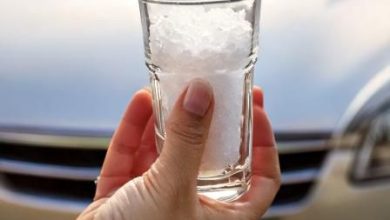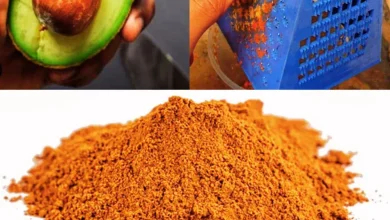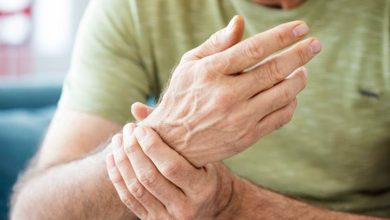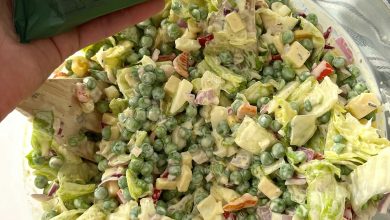Head lice: How to get rid of them and stop them coming back
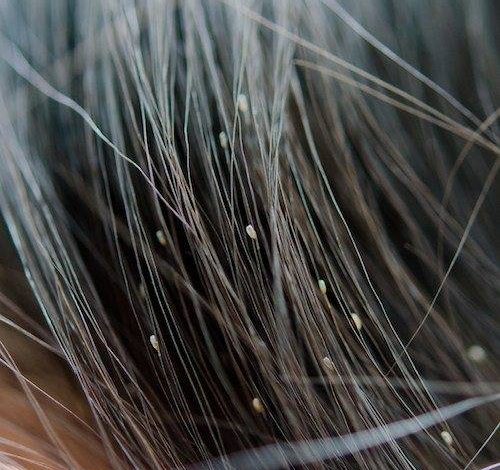
For any parent who has navigated the persistent challenge of head lice, the time and energy investment required for their removal is undeniably significant. It’s therefore understandable that the thought of their children bringing lice home from school can be a major concern for families.
Unfortunately, head lice are a prevalent issue, and preventing their spread can be more difficult than one might initially think. This is particularly true when children return to school after breaks, such as the summer holidays, and have increased close contact with their peers.
Often, the first indication of a potential outbreak is noticing one or two children scratching their heads. From this initial sign, the situation can quickly escalate. Before long, the entire household may find itself on high alert, taking precautions against these tiny visitors.
Then comes the process of applying lice removal treatments, which can be an unpleasant experience for everyone involved. These treatments can sometimes cause mild discomfort, require dedicated time out of busy schedules, and, frustratingly, don’t always guarantee complete eradication of the lice.
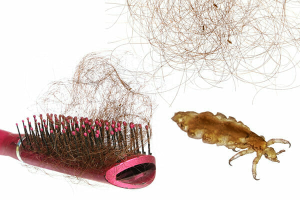
The Rapid Spread of Lice
Children play a significant role in the swift and widespread transmission of head lice. According to resources like “The Care Guidebook,” children are particularly susceptible during the summer months. When school doors reopen, the close proximity of children provides an ideal environment for lice to spread and thrive.
It’s important to remember that head lice primarily spread through direct head-to-head contact, allowing them to crawl from one person’s hair to another. Contrary to some beliefs, lice do not jump or fly.
There’s a common misconception that sharing items like hats and brushes is a primary way lice are transmitted. However, “The Care Guide” suggests that this is less likely because lice that have fallen off a host tend to be weaker and less likely to infest a new person.
Identifying Head Lice
While the itching and discomfort associated with head lice can be bothersome, it’s crucial to remember that they are not a serious health threat. However, infestations can quickly become widespread if not addressed. “The Care Guide” notes that symptoms, such as an itchy scalp, may not appear until four to six weeks after the initial infestation.
The most direct way to identify lice is by carefully examining the scalp and hair. Live lice are small, typically ranging from one to three millimeters in length, and can appear translucent or in shades of gray, brown, black, or red. The most effective method for confirming the presence of live lice is by using a fine-toothed “lice comb” and meticulously combing through sections of dry or damp hair from the roots to the ends, paying close attention to what falls out onto a light surface like a sink.
Recognizing Lice Eggs (Nits)
Sometimes, identifying lice eggs, also known as nits, can be easier than spotting the live lice themselves. Viable eggs containing developing lice will typically appear darker, while hatched or empty eggs will be pale in color. Nits are usually found firmly attached to the hair shafts very close to the scalp. They are small, measuring approximately one millimeter in length.
“The Care Guide” advises that treatment should only be initiated if live lice are discovered in the hair, and not solely based on the presence of empty nits. Empty nits can remain attached to the hair long after the infestation is gone. You can choose to comb out the nits for cosmetic reasons or simply allow them to grow out with the hair.
Effective Lice Treatment Options
While specialized lice shampoos are available and can be a helpful part of the treatment process, they may not always guarantee complete eradication on their own. Because it’s essential to remove every nit to prevent re-infestation, multiple rounds of treatment for the entire family are often recommended, which can be both expensive and time-consuming.
However, there are alternative, low-cost, and chemical-free approaches that some find effective. One such method, shared by resources like the Healthy Life Center, aims to eliminate lice without the use of harsh chemicals.
Here’s a step-by-step guide to this alternative lice treatment:
What you will need:
- A fine-toothed lice comb
- White vinegar mouthwash
- A plastic bag or shower cap
- A clean cloth
How to proceed:
- Saturate with Mouthwash: Begin by thoroughly wetting the hair with white vinegar mouthwash. The strong scent of the mouthwash is believed to be unpleasant to lice. Once the hair is saturated, cover it completely with a plastic bag or shower cap. Allow this to sit for one hour.
- Vinegar Rinse: After an hour, rinse the mouthwash out of the hair. Next, thoroughly soak the hair with white vinegar. The vinegar is thought to help loosen the grip of the nits on the hair shafts. Once the hair is fully coated in vinegar, cover it again with the plastic bag or shower cap and leave it for another hour.
- Thorough Combing: Following the vinegar rinse, wash the hair with a regular shampoo. While the hair is still damp, use a lice comb to meticulously comb through small sections of hair, starting at the scalp and moving down to the ends. Wipe the comb on a clean cloth after each pass to remove any lice or nits. Repeat this process until you have combed through the entire head of hair.
- Preventative Mist: To potentially reduce the likelihood of re-infestation, especially when children are at school, lightly mist your child’s hair with white vinegar mouthwash after it has been combed and dried. The lingering scent may act as a deterrent for lice.
Preventing the Return of Lice
Preventing head lice can be challenging, but there are some steps you can take to minimize the risk of infestation and re-infestation:
- Regular Head Checks: Periodically check your children’s hair for lice and nits, especially after school breaks or if there has been a reported case in their class.
- Avoid Head-to-Head Contact: Encourage children to avoid close head-to-head contact during play and other activities.
- Discourage Sharing: Remind children not to share personal items like hats, scarves, hairbrushes, and combs.
- Wash Bedding and Clothing: If someone in your household has lice, wash all bedding, towels, and recently worn clothing in hot water and dry them on a high heat setting.
- Seal Non-Washable Items: Items that cannot be washed can be sealed in a plastic bag for two weeks to kill any lice or nits.
By understanding how head lice spread, knowing how to identify them effectively, and having access to various treatment options, parents can feel more prepared to address this common childhood issue.
Please feel free to share this information with others who may find it helpful. We hope these tips contribute to keeping your family and community lice-free!
